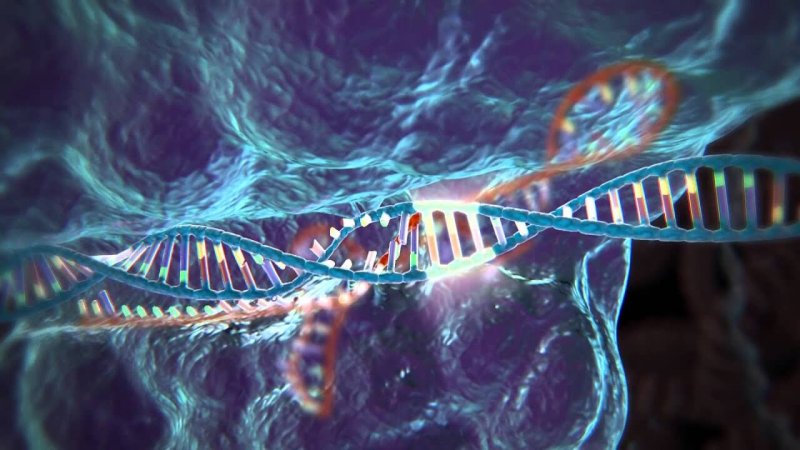With CRISPR, a group of enzymes recognize certain repeats, and break the DNA there to insert important information in the middle. These insertions are called “spacers,” and they contain the genetic code of different viruses that have invaded in the past.
Such previous invasions served a very important evolutionary purpose: immunizing against foreign threats.
…
Researchers have found lots of applications for CRISPR in animals, like making disease-resistant chickens and pigs, and mosquitos that can’t bite or lay eggs. But they’ve got many projects underway, like making disease-resistant crops—including wine grapes. More ambitiously, they’re working to genetically alter pigs so their organs could be transplanted into humans. And bring extinct species such as the passenger pigeon back to life, by tweaking the genomes of similar birds.
When it comes to the human genome, though, scientists have been more hesitant. Editing our own DNA could easily end up causing more problems than it solves.
CRISPR has given science a tool to reliably tinker with the code of life. But the question remains: can we do so safely and ethically, while avoiding the unintended consequences of such power?































